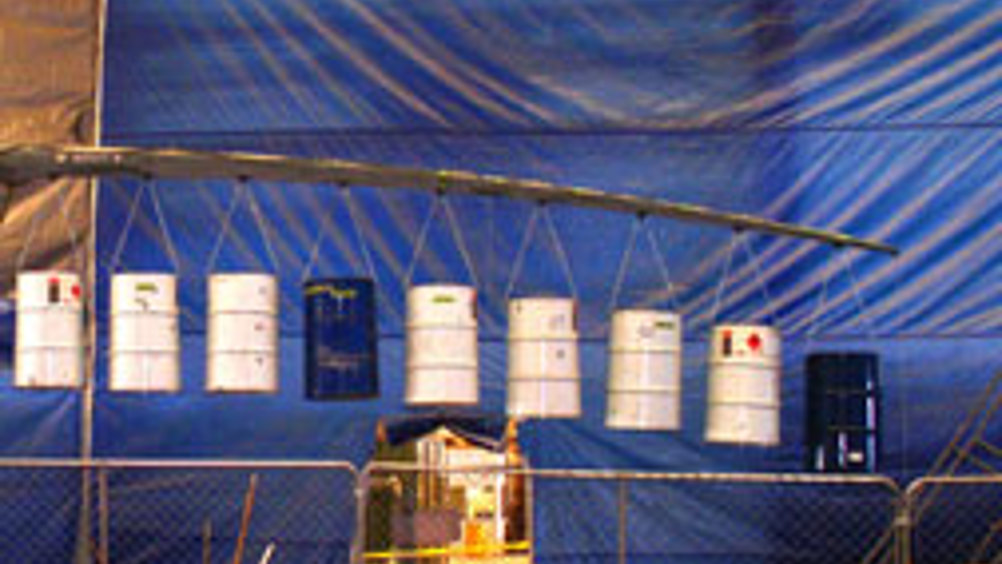Efficient blade
A new wind turbine blade design developed by researchers at Sandia National Labs and Knight & Carver of San Diego promises to be more efficient than current designs.

A new wind turbine blade design that researchers at Sandia National Laboratories developed in partnership with Knight & Carver (K&C) of San Diego promises to be more efficient than current designs.
It should significantly reduce the cost-of-energy (COE) of wind turbines at low-wind-speed sites.
Named “STAR” for Sweep Twist Adaptive Rotor, the blade is the first of its kind produced at a utility-grade size. Its most distinctive characteristic is a gently curved tip, termed “sweep,” which unlike the vast majority of blades in current use, is specially designed for low-wind-speed regions like the Midwest.
The sites targeted by this effort have annual average wind speeds of 5.8 metres per second, measured at 10-metre height. Such sites are abundant in the U.S. and would increase by 20-fold the available land area that can be economically developed for wind energy.
Sized at 27.1 metres — almost three metres longer than the baseline it will replace — the blade improves energy capture at lower wind speeds. Instead of the traditional linear shape, the blade features a curvature toward the trailing edge, which allows the blade to respond to turbulent gusts in a manner that lowers fatigue loads on the blade. It is made of fibreglass and epoxy resin.
Register now to continue reading
Thanks for visiting The Engineer. You’ve now reached your monthly limit of news stories. Register for free to unlock unlimited access to all of our news coverage, as well as premium content including opinion, in-depth features and special reports.
Benefits of registering
-
In-depth insights and coverage of key emerging trends
-
Unrestricted access to special reports throughout the year
-
Daily technology news delivered straight to your inbox










Water Sector Talent Exodus Could Cripple The Sector
Maybe if things are essential for the running of a country and we want to pay a fair price we should be running these utilities on a not for profit...